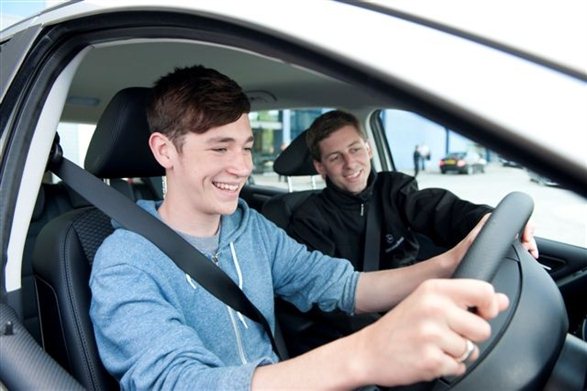You may be interested to learn that the UK driving test is 80 years old, having first been introduced on 1 June 1935.
Compulsory testing saw an immediate reduction in road casualties, and in its first year 63 per cent of the 246,000 candidates who paid their seven shillings and sixpence to take the test passed it. Eighty years later, the pass success rate can vary wildly. Although England’s Whitby, North Yorkshire, and Barrow-in-Furness, Cumbria, test centres boasted a 64.5 and 65.5 per cent pass rate last year respectively, the test centre in Belvedere, London, saw just over 30 per cent of candidates pass. The UK’s highest pass rate was found in Gairloch, Scotland, where 93.8 per cent of candidates passed the test last year, although it should be pointed out that only 16 people used the Gairloch test centre in 2014! The record for the number of practical driving tests taken by one person stands at 36, and even some famous names have found passing their test a tough nut to crack, with rock icon Ozzy Osbourne passing his at the 19th attempt.
The driving test has evolved over time to keep pace with the changing face of UK motoring, for example the requirement to demonstrate arm signals was abolished in 1975. Pass Plus was introduced twenty years ago to offer post test training, while the introduction of the theory test bought with it fresh challenges for prospective motorists. The average theory test pass rate was 65 per cent in 2007, but had fallen dramatically to just 51 per cent last year. In 2010 a Southwark woman failed her theory test for the 90th time, meaning she had spent nearly £3,000 in test fees without success.
In some countries passing your driving test throws up even bigger challenges. Brazilian drivers have to pass a psychological exam before taking their test, Chinese drivers may be asked by their examiner what they would do if their car plunges into water, while in Japan you may fail your test if you do not bend low enough to check underneath your car for concealed cats. The Spanish Highway Code has three times as many rules as its UK equivalent, but despite this Spain has one of Europe’s highest road mortality rates. At the other end of the scale, Pakistan boasts an 80 per cent pass rate, which is unsurprising when you discover the practical test consists of driving through a single short course of cones, while Mexico has no test at all, and Mexican motorists simply pay 626 pesos – equivalent to £28 – to buy a licence.
Road safety groups have lauded the benefits bought by the driving tests over its 80 year existence. “The driving test has had a positive and significant impact on road safety from its very first days,” said David Williams, Chief Executive of GEM Motoring Assistance. “A year after it was made compulsory in 1935, road deaths in the UK fell by 1,000.
“OK, many of us will recall feelings of dread, apprehension and worry when it comes to the test – and it has certainly occupied its place in British comedies and sit-coms, but we should be proud of the consistency and high standards which have been its hallmarks over the decades.
“The challenge for the future is to ensure the test evolves to take account of the risks and hazards in the vehicles and on the roads of the future, so that new generations of drivers can demonstrate the same high standards that have been required up to now.”
Click here to sign up for our monthly newsletter
Popular news stories
 |
 |
 |
 |
|||
|
|
||||||








